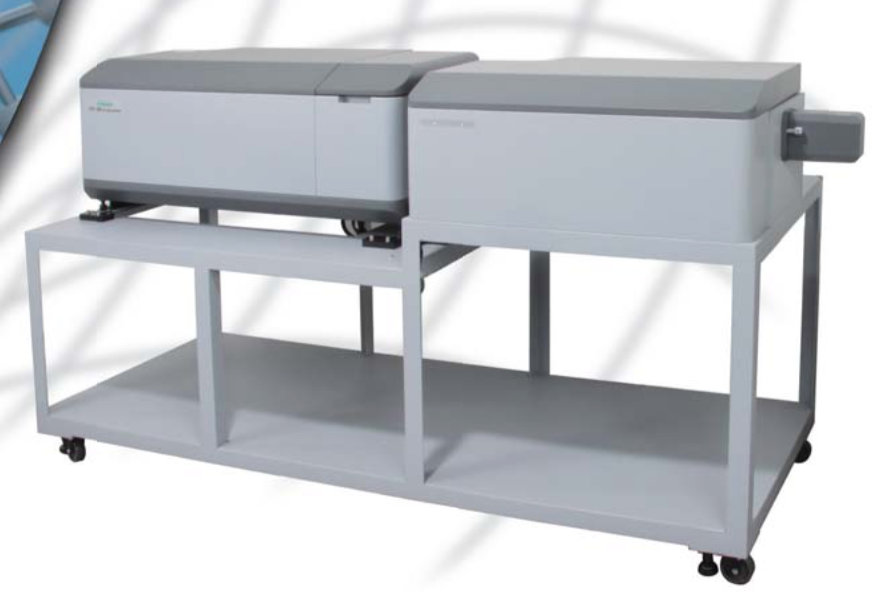High-resolution Circularly Polarized Luminescence (CPL) spectrum measurement of an europium complex

When chiral compounds are excited with unpolarized light, the difference in emission intensities of left- and righthanded circularly polarized light can be measured. This phenomenon is called Circularly Polarized Luminescence (CPL). While circular dichroism provides information about the ground state of chiral molecules, CPL spectroscopy probes the excited states of chiral molecules.
In recent years, CPL-active molecules have been used for a wide range of technical applications such as security encoding, bioanalytical probes, and liquid crystal display devices. Chiral lanthanide complexes are one example of target molecules for CPL measurements. These complexes are known to exhibit sharp emission bands and require a narrow bandwidth during CPL measurements.
JASCO has developed a high sensitivity CPL spectrometer. By combining CPL with ECD, more structural information regarding chiral molecules can be obtained. To measure sharp CPL peaks at a high resolution, JASCO’s CPL-300 spectrometer uses two prism monochromators. Both the emission and excitation monochromators are equipped with continuously variable slit drives, which allow for an appropriate wavelength and bandwidth selection.
This application note demonstrates the high resolution CPL spectrum measurements of europium tris[3-(trifluorometh ylhydroxymethylene)-(+)-camphorate] (Eu(facam)3) using a CPL-300. Eu(facam)3 is a common NMR shift reagent and has been used as a standard for CPL measurements.
